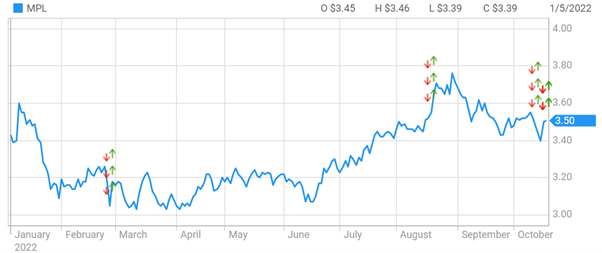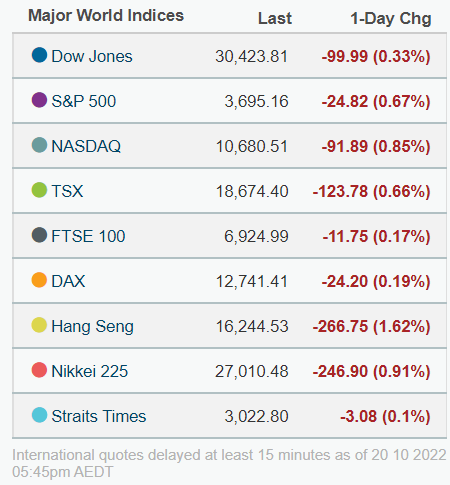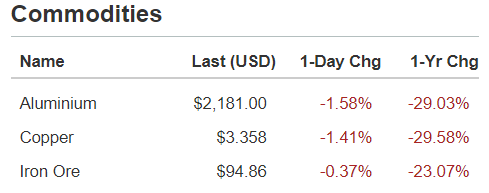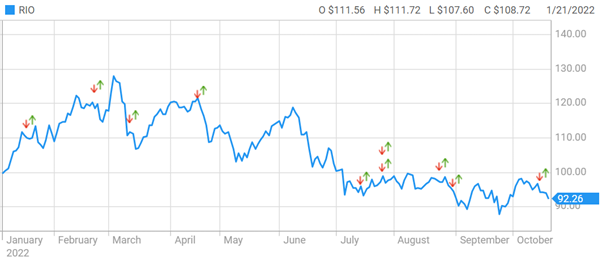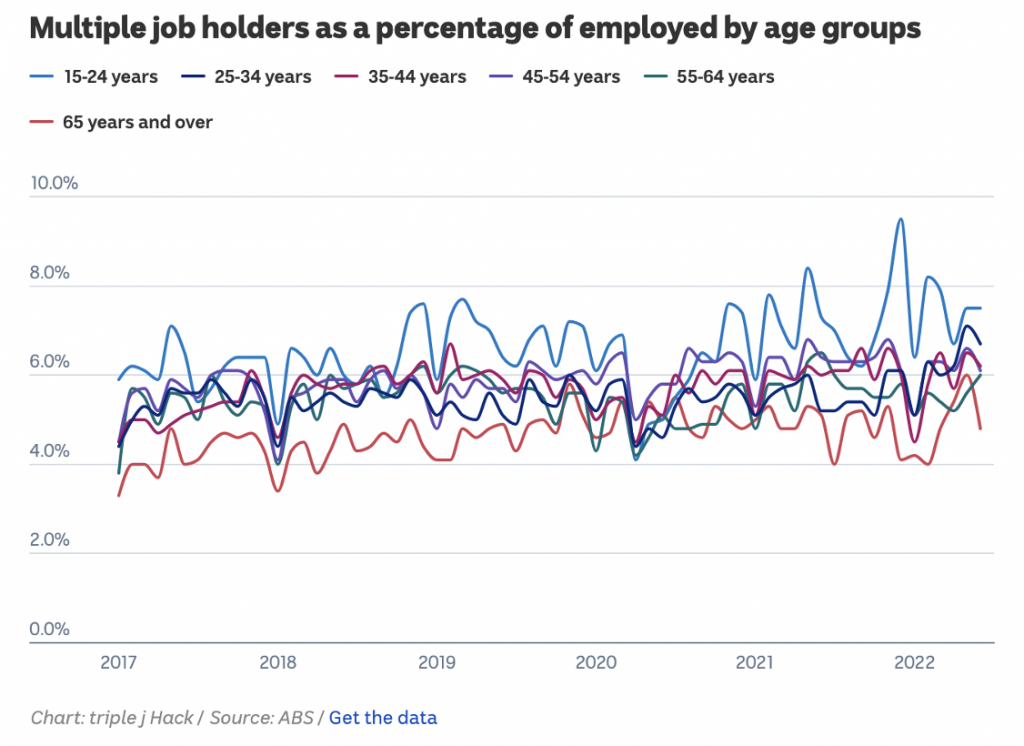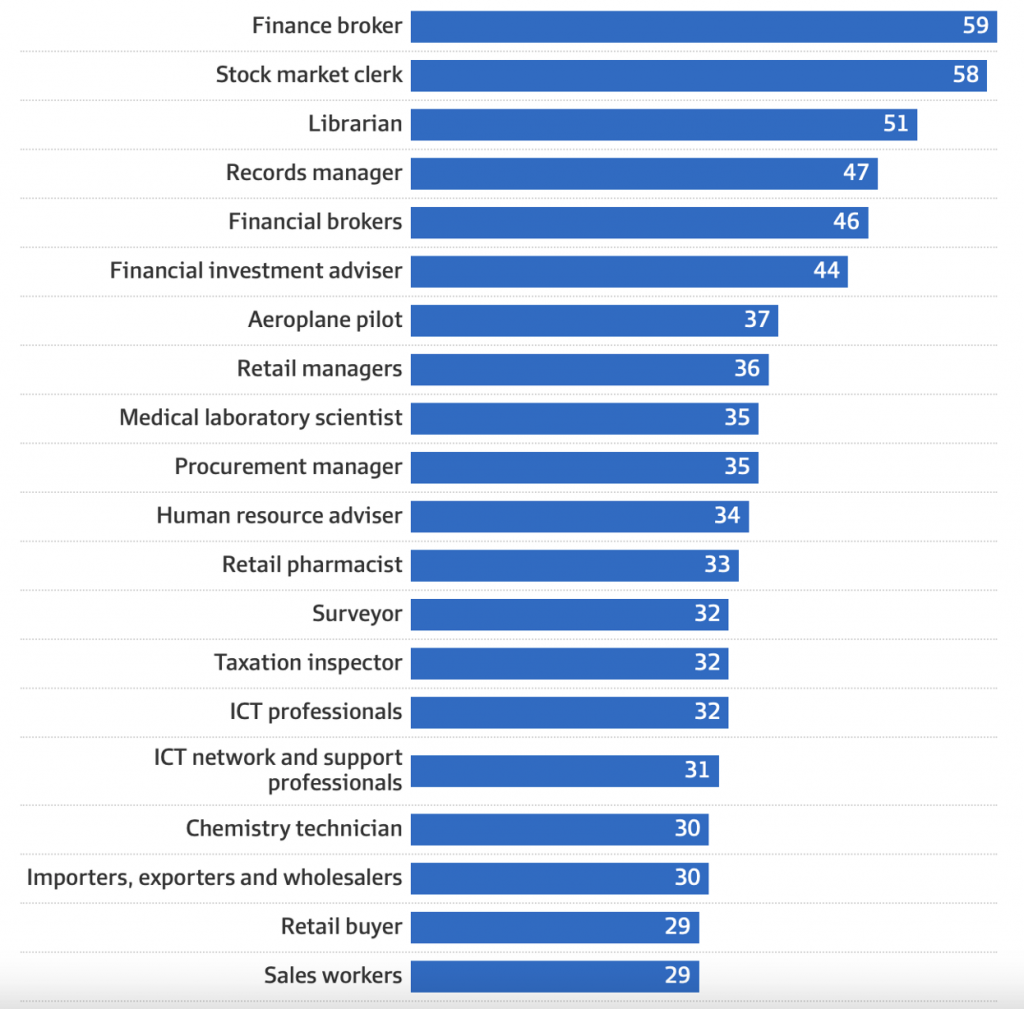The Jobs and Skills Summit starts today in Canberra
and this is the first ‘fair dinkum’ test for the new Albanese Government. While
there’ll be a lot of important observations made by unions, business leaders,
employer groups and community-concerned stakeholders in the labour market,
there’ll be a lot of baloney uttered as well. So the real test of the value of
this talkfest will have to be what it does for productivity.
I know it sounds ‘boring’ to normal people (let’s
call them employees) but to abnormal people (CEOs, managers and business owners),
it’s crucial to profitability, so when they get it, it’s really exciting.
That means for employees, productivity really
should be an exciting concept because it has to be the source of a more successful
operation and potentially greater chances of better pay and promotion
opportunities. You don’t have to be an economist to understand how important
productivity is, and I’d argue unions have an interest in seeing that
productivity gains are shared with employees.
That’s especially so if businesses are pocketing
the productivity gains, but the information of productivity isn’t readily
available. And it’s why I cringe when I hear union leaders, such as the
intelligent Sally McManus, Secretary of the ACTU, say that the income going to
profits at the expense of wages has to change.
Unions can’t generalise like that and expect
employers to treat them with credibility. Clearly, as some industries boom,
such as mining nowadays, there’d be a stronger case for employees to share in
the gains, especially if productivity is helping this sector’s improved
profitability.
On the other hand, industries and businesses that
have been struggling through the pandemic lockdowns are hardly in a position to
boost pay, but many are being forced to, without any improvement in
productivity but they’re responding to a tight labour market because of an
absence of foreign workers.
In other cases, such as the finance sector, some
10,000 financial planners have left the industry because of tougher
qualification demands, meaning more study and a new tough exam that has made
older advisers retire. This has led to higher wage demands from those still in
the industry, without any increase in productivity.
And at the same time, ASIC, the regulator, has
increased the regulatory demands that have slowed up productivity and loaded up
costs, hitting profitability.
Other businesses have had to accept that employees
want to work from home, which many employers argue is not only hurting their
productivity, it’s loading up their costs.
One example of the new cost impost of this
work-from-home trend is that cyber insurance to protect clients’ records is
cheaper if all workers access records only from the office. When records go
mobile to employees’ homes, coffee shops and so on, the risks rise and so do
the insurance premiums.
One interesting development linked to this new trend
of employees working from home was revealed by Stanford economist Nick Bloom on
Bloomberg.com, who argues “remote work is fuelling economic growth”!
“Productivity was up 13% for the people working from home, which is a
huge improvement,” his research found. “Of that 13% increase, about two-thirds
was due to the fact they were working more minutes because they were late less,
and took shorter lunch and toilet breaks. Then one-third was that they were
more productive per minute.”
The Stanford study of 16,000 workers over nine months found
that “the increase in
performance was due to more calls per minute attributed to a quieter more
convenient working environment and working more minutes per shift because of
fewer breaks and sick days,” apollotechnical.com reported. “In this same study
workers also reported improved work satisfaction, and attrition rates were cut
by 50%.”
Another piece of research from ConnectSolutions came up with the
following: “77% of those who work remotely at least a
few times per month show increased productivity, with30% doing more work in less time and 24% doing more work in the same period of time.”
What’s
interesting about all this research is that it’s the view of the employee on
how productive they are. Many employers, anecdotally, have the opposite view
but it’s still early days in this trend. Over the next two years, the impact on
productivity from this work from home movement will be revealed.
“Elon
Musk is the latest, demanding Tesla workers return to the office full-time or
quit,” kk.tv.com reported in July this year. “Goldman Sachs is already back
full-time, and 90% of JP Morgan’s staff is there at least three days a week.
“Their
CEO Jamie Dimon said work from home ‘doesn’t work for those who want to hustle,’
a Reuters report revealed. And in New York, Mayor Eric Adams sent a memo
telling city workers to get back to the office to re-energize the city’s
economy.
That
said, productivity could actually rise for many local businesses because of
this trend, which has forced those operations to look at overseas workers
working from their home countries. If employees insist on working remotely,
employers might try foreign workers doing it remotely.
That
innovation too will be tested over the next two years, to see if it provides
the gifts of greater productivity, lower costs and higher profitability.
Treasurer Jim Chalmers has
placed a lot of importance on productivity improvement before the election.
This is what he has said: “Productivity
has been flatlining on the Coalition’s watch. Labour productivity – output
per hour worked – grew at around 2% a year from the 1970s to the early-2010s,
but from 2014-15 to 2019-20, productivity grew at an average pace of just 0.5%
– well below the historical average.
The decade ending
in 2020 saw the slowest rate of growth in income per person of any decade in
the post-war era. That’s true even if we exclude the COVID-19 pandemic.”
He then threw this in: “Poor productivity
performance means a smaller economy, growing slower than it could be, and
another decade of failed productivity targets would leave hardworking Australians
worse off.
He then
explained how we’ll get more productivity that will help workers get better
wages this way: “To really
get productivity moving we need investment in energy, technology,
infrastructure and human capital - in people not politics. We need investment
in infrastructure that will propel our economy forward, like cleaner and
cheaper energy and an NBN that will underpin our digital economy.”
This is how we will have to
assess the value of the Jobs and Skills Summit. Will it do what Jim says needs
to be done?
